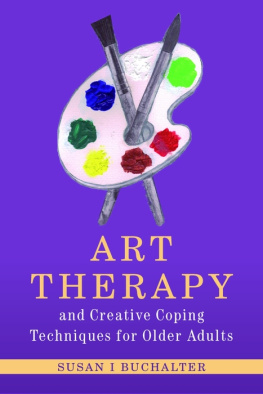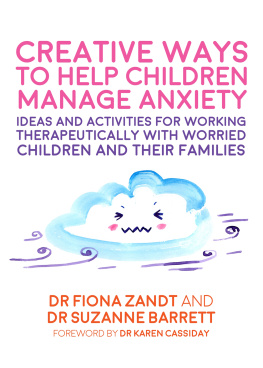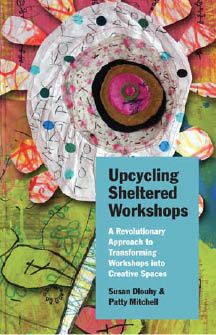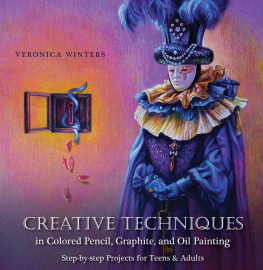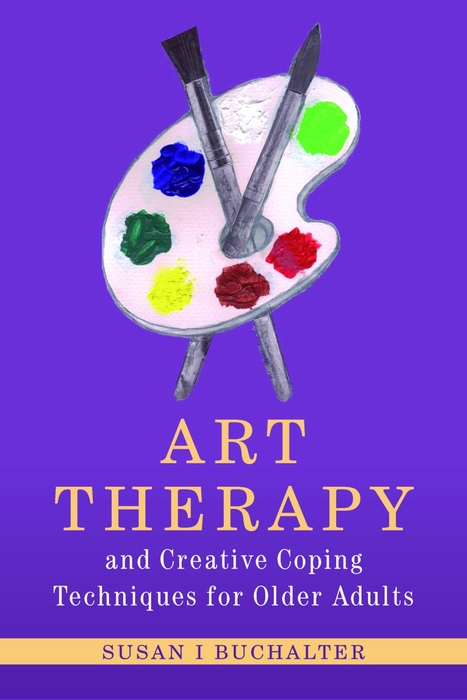Susan Buchalter - Art Therapy and Creative Coping Techniques for Older Adults
Here you can read online Susan Buchalter - Art Therapy and Creative Coping Techniques for Older Adults full text of the book (entire story) in english for free. Download pdf and epub, get meaning, cover and reviews about this ebook. year: 2011, publisher: Jessica Kingsley Publishers, genre: Romance novel. Description of the work, (preface) as well as reviews are available. Best literature library LitArk.com created for fans of good reading and offers a wide selection of genres:
Romance novel
Science fiction
Adventure
Detective
Science
History
Home and family
Prose
Art
Politics
Computer
Non-fiction
Religion
Business
Children
Humor
Choose a favorite category and find really read worthwhile books. Enjoy immersion in the world of imagination, feel the emotions of the characters or learn something new for yourself, make an fascinating discovery.
- Book:Art Therapy and Creative Coping Techniques for Older Adults
- Author:
- Publisher:Jessica Kingsley Publishers
- Genre:
- Year:2011
- Rating:5 / 5
- Favourites:Add to favourites
- Your mark:
Art Therapy and Creative Coping Techniques for Older Adults: summary, description and annotation
We offer to read an annotation, description, summary or preface (depends on what the author of the book "Art Therapy and Creative Coping Techniques for Older Adults" wrote himself). If you haven't found the necessary information about the book — write in the comments, we will try to find it.
Art and the therapeutic uses of art provide older adults with valuable ways in which to express and share their feelings, needs and fears, and with a resource for coping with lifes major changes. This practical book is filled with step-by-step exercises for art therapists and other professionals to use in work with older adults, either individually or in groups.
The author provides brief, imaginative warm-ups, which encourage participants to become more at ease expressing themselves creatively. She offers ideas for engaging and innovative creative projects across a range of media, including art, music, movement, poetry and creative writing, all of which can be adapted, personalised or combined to meet the particular needs of individual participants. Points to consider when working with this client group are explored, and case study examples, with participants artwork, are included throughout.
Appropriate for use with all relatively able older adults, including those with depression, anxiety or in the early stages of dementia, this will be an invaluable tool for art therapists as well as counsellors, psychotherapists, social workers and carers.
Susan Buchalter: author's other books
Who wrote Art Therapy and Creative Coping Techniques for Older Adults? Find out the surname, the name of the author of the book and a list of all author's works by series.

